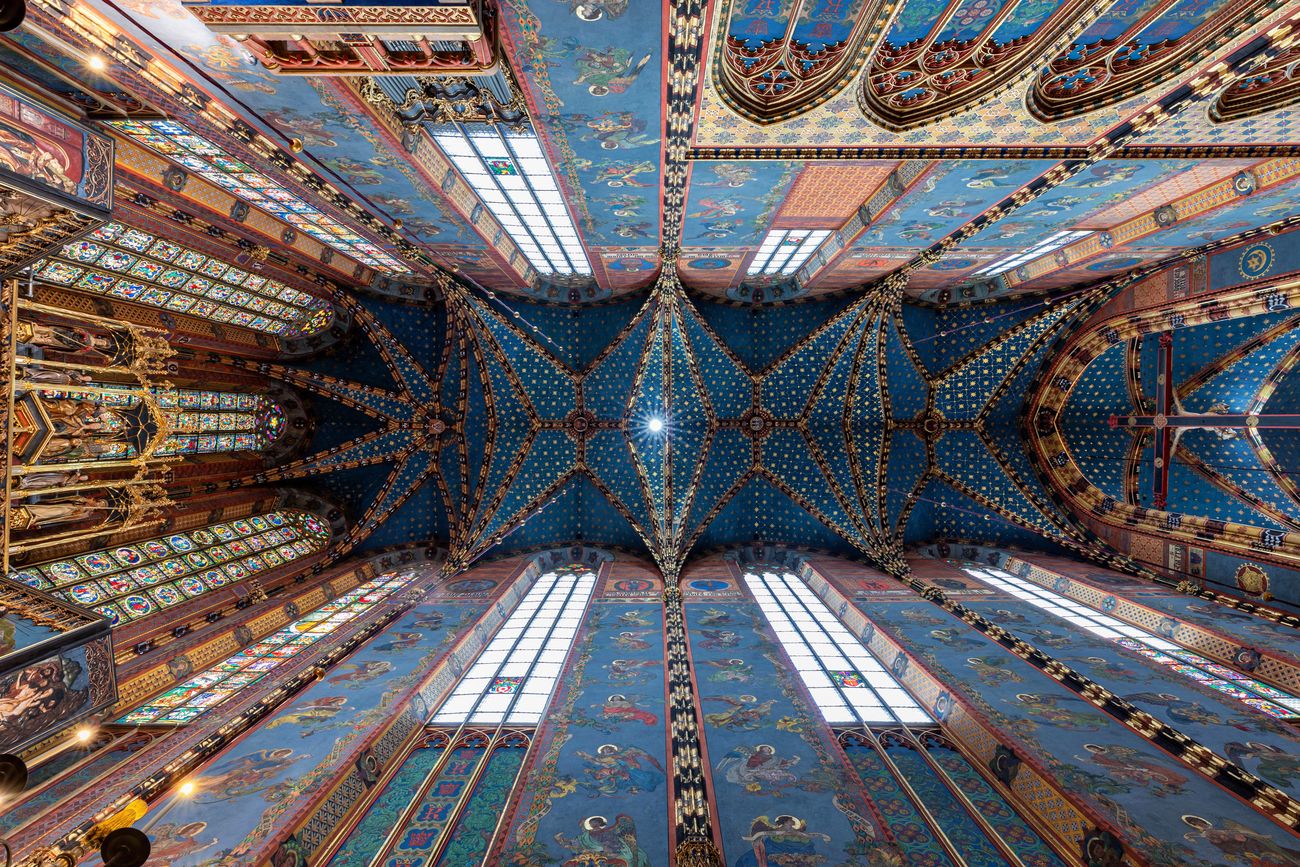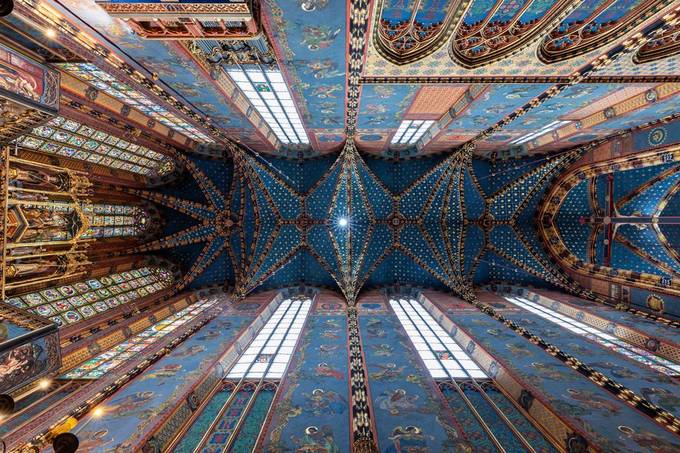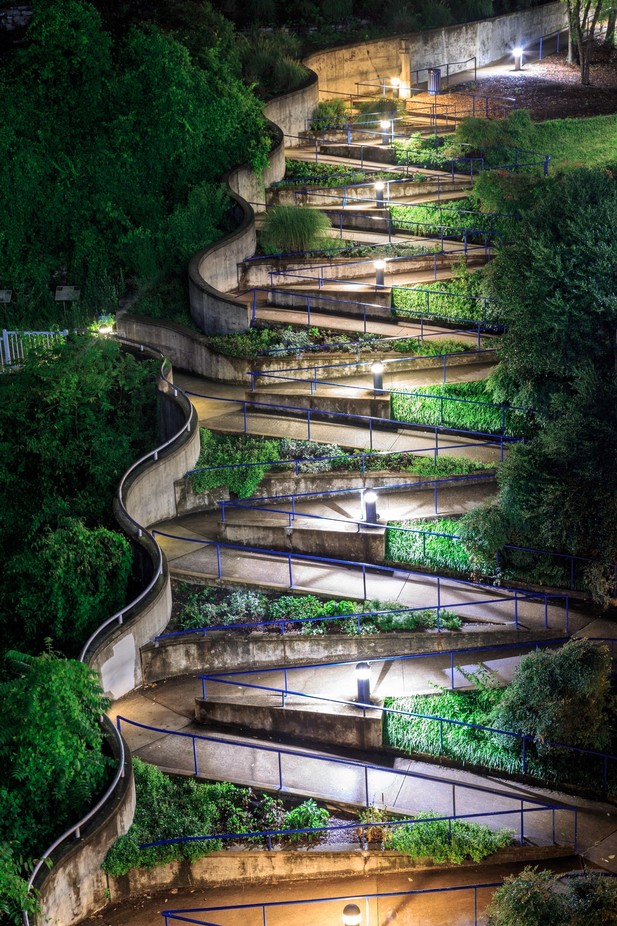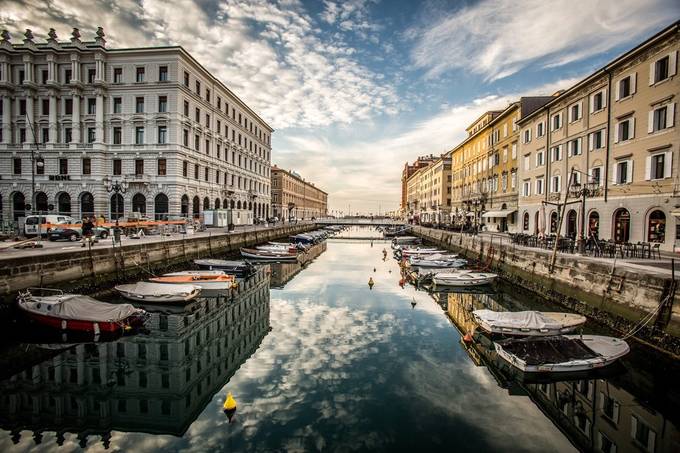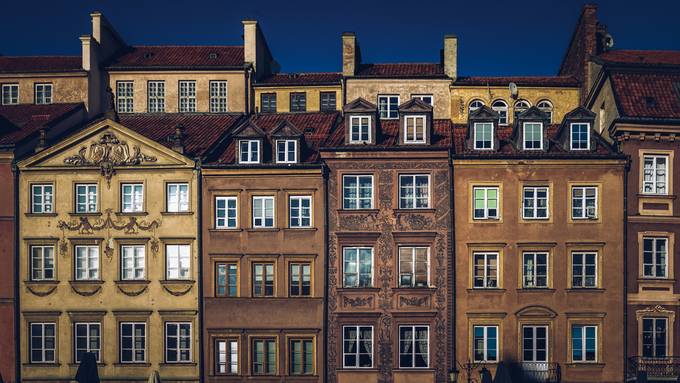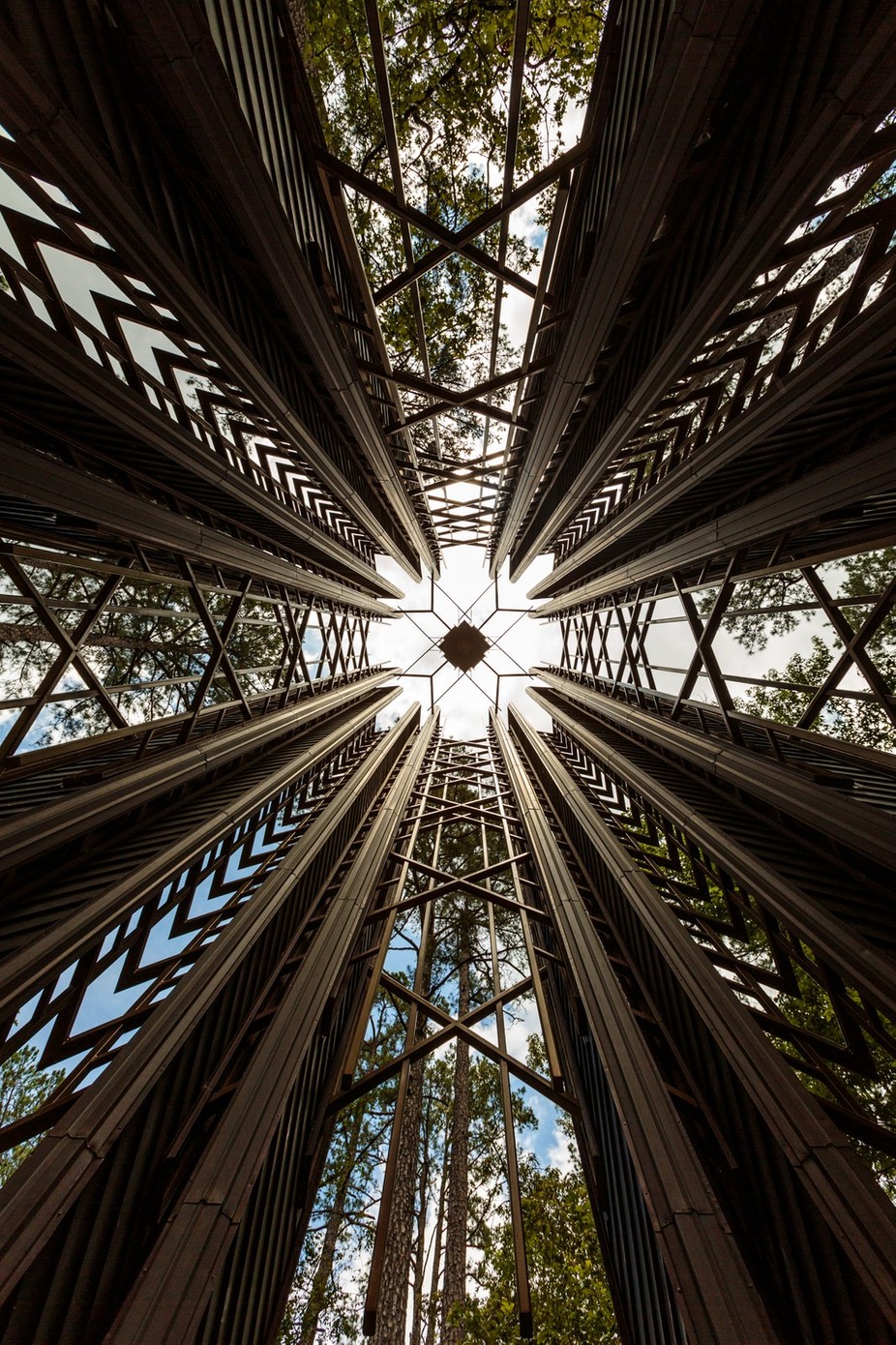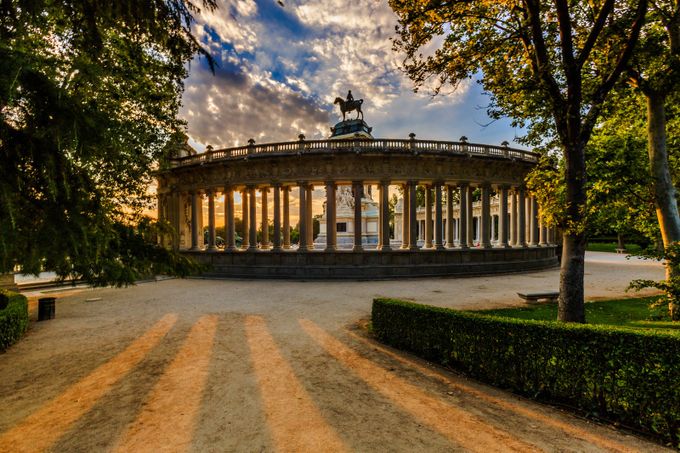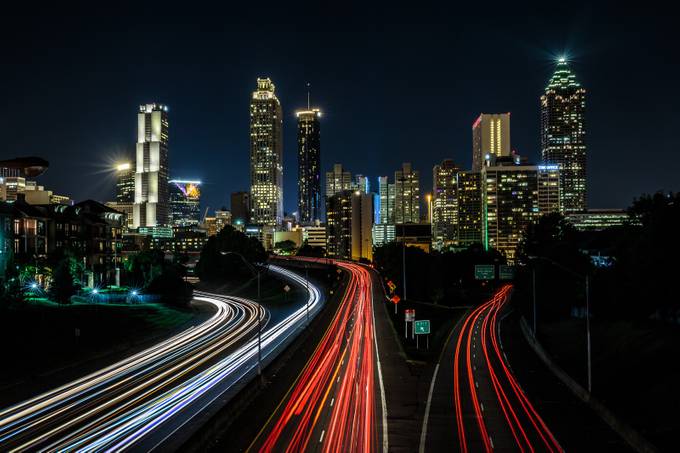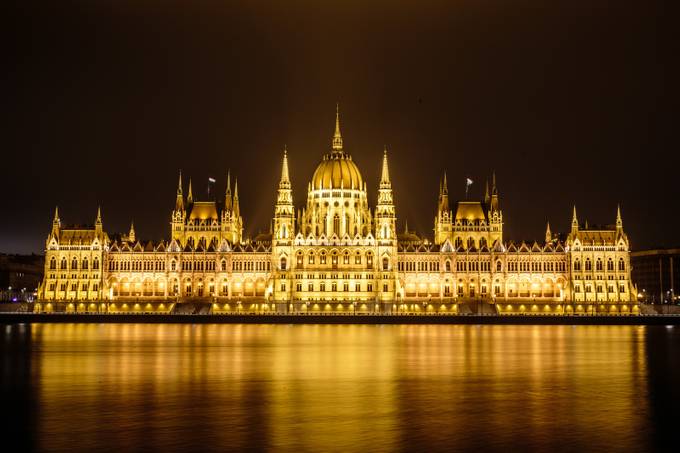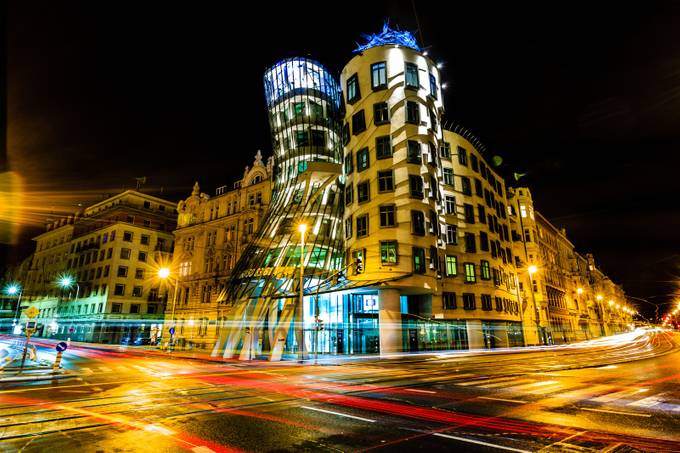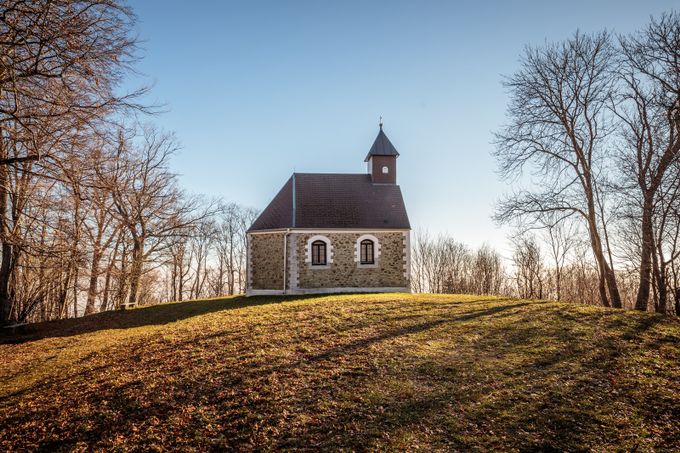ViewBug community member ericcriswell was inspired to be a photographer by his mother and father. "They are both great photographers with very different personal styles." Read our conversation and learn what camera Eric prefers to shoot with.
What inspired you to be a photographer?
I was inspired to be a photographer by my mother and father. They are both great photographers with very different personal styles. My mom has a great eye for composition and beauty and my dad has an amazing knack for understanding settings. My parents love to travel, and during our travels, we would often stand in front of the iconic sites and take family photos. My love for photography started in those times standing beside my brother, mom, and dad smiling, ready to capture the moment. I’m very grateful for a mom and dad that understands the importance of family travel and taking the time to stop in the moments that matter most.
What was your first camera and what do you shoot with today?
My first camera was a Pentax film camera. I was fortunate enough to understand the struggle it was to carry rolls of film around and have to change it out in the most inopportune times, then the grueling process of having to take the rolls of film to a processor and WAIT…..The wait…you would have to go back to the processor to pick up and boom. Some photos were decent, some were hideous, and some of the processors messed up during processing. I think at the end of the day that camera taught me to respect the technology we have today and how to get the best shot possible with just a couple of frames captured.
My first digital camera was an Olympus C3040 Zoom. It was a beast….well….I thought it was at the time. It was 3.3 MP with a 7.1-21.3mm lens with a variable aperture of f/1.8 to f/2.6. It has a grand total of ten buttons. It is sort of amazing how we got images off of this equipment.
A large portion of my portfolio has been shot with the Canon 5D Mark III, which has been an absolutely incredible camera. I have loved Canon products for the last three years as I have progressed as a photographer. I recently purchased a Canon 5D Mark IV and have been enjoying the new advances in the 5D product line.
When someone looks at your photos, what do you want them to take away from it, what are you trying to communicate?
Anytime someone looks at my photos, I want the viewer to “be” at the moment with me. I want the viewer to “smell” the things I am smelling. I want the viewer to “hear” the things I’m hearing. I ultimately want the viewer to be living through my eyes.
One time I was actually walking through my hometown after completing a senior portrait session when I walked upon a group of guys sitting a few hundred yards off of Beale Street. It was a group of musicians sitting on a wall playing their music. They were a grungy bunch of guys, and they all had various hippy style instruments and even a dog. I was able to grab one picture before the guys saw me, and the whole scene changed before my eyes. What I captured has allowed me to remember the moment. It helped me remember just how grungy and dirty these guys were. I later walked by them and smelled the odors from their obviously un-showered bodies. I remember how the music felt as I squeezed the shutter release. I even remember the words they said as the senior I was with walked by and they had choice words about this beautiful young lady. It was a moment that has now become a full sensory memory.
I often tell my kids that there are so many people who will never travel too far off places or never experience different cultures. I want that person to feel like they are my traveling companion and we are living in that moment together.
What is it that you love about photography?
My love for photography all centers around the ability to capture a memory, so that I can go back to that moment in my mind. Photography is a great outlet for my creativity. It gives me an opportunity to share with the world the beautiful things happening around us at all times. I always think of every day as a little treasure hunt. As I am carrying on with my day, I am looking for something that catches my eye as interesting, tragic, beautiful, engaging, extraordinary, or sometimes just plain ordinary. I have award-winning photos in my portfolio that were captured while I was working. I was just doing what I do every day and I used that time to capture a story for others to enjoy….Maybe what I love most is just the ability to share the moments.
What has photography done for you?
Photography has given me a new way to see the world. I have learned to read maps of places I have never been to in order to find locations of potentially great opportunities to capture cities, monuments, and things of interest. I’ve learned how important light is to photography and how it is constantly changing. Photography has taught me to be patient and flexible. Sometimes I arrive at a shoot location and the lighting is terrible. What I have learned is that if you wait long enough and the light will change, but sometimes you just have to be flexible and do something different than you were planning.
On my first trip to Venice, my wife and I were ready to take on the town when it started to rain. At first, I was bummed and just said we should grab a bite to eat, so we did. We were walking to dinner and I started looking at my feet as I walked. What I noticed was that the cobblestone streets of Venice, when wet, made for the most amazing reflections I had ever seen. I couldn’t get done with dinner fast enough. I told my wife that we needed to run back to the hotel to grab our camera. She said, “But it is raining!” I said, “I know. Trust me.” We went out to the first store we could find open and bought umbrellas, then took on the vacant streets of Venice to capture some fantastic images, with awesome reflections and lighting. Photography has helped me look at things differently and be flexible with my plans because some things you just can’t control, but you can still take advantage of them as they are happening.
Do you try to be conceptual or do you prefer to show the feeling behind a photo?
I generally try to show the feeling behind my photography. I want the viewer to have some sense of emotion. If that is in my travel photography, I want them to want to be there. If that is in my sports photography, I want them to feel like they are in the action. If that is in my astrophotography, I want them to feel like they are exploring the moon for the first time. Regardless of what I am shooting, I always want my viewer to feel like they have arrived somewhere emotionally.
How do you describe your style?
I am a melting pot of a couple of different styles. I would say my style changes with my circumstances and opportunities. I would say that the three main styles make up a large portion of my portfolio. Architectural photography is something I love to do on a regular basis. I love capturing the interesting forms, shapes, materials, textures, and colors designed by fabulous architects around the world. I love to find the items the architects spent so much time planning and lighting. I love the challenge of filling a frame with these amazing historical structures while finding the perfect lighting and angles.
I often combine my love for architectural photography with my love for long exposure night photography. The world changes so drastically at night when we have a great understanding of our camera. I really enjoy this type of photography because the long shutter speeds force me to slow down and just take at the moment.
My love for nature and creation has given me a great appreciation for landscape photography. It has really given me a chance to get out of my drone to get new perspectives. Overall, I guess that makes me an “arch-long-night-scape photographer”!
If you had to choose one lens which one would it be and why?
For my style photography, I live with my Canon 16-35mm f/2.8 L series lens, mounted on my full-frame camera body. This wide-angle lens gives me such a great perspective on architectural and landscape photography. Honestly, I would hate to just have to pick one lens. To me, that is like asking someone to build a house with just a hammer. The hammer is efficient for some things, but it is so difficult to screw in a fastener with just a hammer. I look at various lenses as different tools. For instance, a 16-35mm would be practically worthless for sports photography. Please don’t make me pick one.
What are your 3 tips for others who want to become better travel photographers?
1. STOP: My number one rule for capturing great travel shots is to STOP. When you are in that spot and something catches your eye, or you see something in that perfect lighting….Simply STOP. I can’t tell you how many times I have been driving down the road and see something that catches my eye and I’ve told myself, “I’m coming back through here this afternoon and I’ll have time to stop”. Hours later, I come back through and …..WHAT HAPPENED! This place is totally different! The moral of the story is to take the shot when the shot is recognized….When your eye twinkles…it’s time to STOP. This tip alone will change the success of your shots. You drive by more amazing shots on a typical travel day than you cull away, and they aren’t in your gallery just because you didn’t STOP.
2. SHOOT OFTEN: As travelers, we like to eat two or three times a day, so why not shoot at least two or three times a day? Definitely get out in the daytime, BUT never forget getting out during the nighttime. Some locations completely transform at night. Many locations that are underwhelming during the day are completely overwhelming at night. Downtown Little Rock is quite like that to me. There are many bridges that cross the river, and the city is beautiful, but at night the LED lighting on the bridges is just incredible! The most amazing reflections and colors can be captured, but only if you are there at night!
Another example: I always tell photographers traveling to the Grand Canyon to make sure you capture the canyon at sunrise and at sunset…..then….look up and capture the sky.
3. LOOK UP: If I look back on some of my biggest personal photography successes, I always remember that moment in Munich, Germany. It actually happened twice in the same trip. When we travel to Europe, we often end up in these incredible cathedrals, because they are amazing works of art and so historically incredible. So back to the story, we are in this incredible cathedral in Munich and I look up and see an amazing arched ceiling that was so worth capturing, but then I spotted the cross with Jesus hanging from the ceiling. My mind began to race, as I knew this was a home run moment, but composing this show was going to be practically impossible since there were people everywhere (and laying in the middle of the floor in a European cathedral felt incredibly disrespectful). So I just sat down….sort of pouting…then it dawned on me. I’m here maybe for the last time ever…what are you going to do? I decided I knew a way to try to be respectful and get the shot. I set my camera settings, set my timer, and set my camera on the ground…I lined up the shot and clicked the button…I looked at the shot and freaked out. Amazing…..BUT my big fat head was in the shot! I was so stressed that I just told my wife we just needed to go because it took all I had to do it in the first place. My wife looked at me and said….” Get the shot.” I said “Ok”! I went back and set it back up and got the shot, and it truly was a wow moment. Looking up set up a shot experience, and a shot that I’ll never forget. Look Up!
Have you received negative feedback from your work? What did you do about it?
I have been fortunate to not receive much negative feedback from my work. But any minor comments that I’ve received I’ve always taken as constructive criticism. I respect that others' opinions can help me become a better photographer and possibly see things that I would never have thought of on my own. For example, had I never had someone comment about a level horizon, it might have been something that I didn’t correct in the post or during shoots. I take any negative comments with a grain of salt because what I do is an art and not all artists are always understood. Don’t take negative comments too harshly and don’t let them stifle your creativity and passion.
Where did you learn to take photos?
I learned the basics of photography through my parents. Composition skills I learned through my mom’s artistic eye and my initial camera skills through my father’s incredible understanding of the mechanics of the camera and how the settings work. It actually all came together when my wife’s cousin, Kyle Shultz, started an online photography school called Shultz Photo School. He had a way of simplifying the complicated idea of settings in a way that really made sense, so I began to understand all the mechanics even better. For each of these teachers, I am grateful!
Raw vs jpg and why?
I definitely prefer to shoot in RAW, because of the style of photography that I shoot. When an individual shoots in jpg, the camera often doesn’t process colors exactly correctly. I like the ability to have full control over post-production, even though it takes more time and effort. I would be absolutely sick to have captured an image in jpg and not be able to correct items in the final image. Here’s the thing, I might suggest jpg for beginners because in the beginning there is so much information to take in that having to learn the functionality of the camera and post-production might be too much for a beginner and might cause them to think they are incapable. I never want photographers to feel that way. I want them to learn the basics of how to “drive” the camera and compose great images, then learn how to hammer the post-production through RAW.
If you could have the gift of a great photographer who would it be and why?
There are some great mentors that I would love to hang out with capturing the sights of the world. My first choice would likely be Trey Ratcliff because he is an incredible travel photographer and he always seems to be in the most incredible locations. He loves drones and so does I. Trey has amazing taste in both gear and composition. He has a way of telling a story through a photo, just as an author does on a piece of paper through a book. His pictures always make me want to book a trip to that destination.
Secondly, Serge Ramelli would be a great guy to hang out with. He is a great photographer. Actually, Serge and Trey are friends and shoot together sometimes, so I would choose a day when they are shooting together to hang out with them. Serge is an incredible post-production editor and I would love to sit down with him and pick his brain. I’ve learned a ton from him on his free YouTube videos.
Thirdly, I would choose Jason Lanier, who is an amazing Portrait photographer. Jason does portraits in incredible locations, which is awesome. I would love to learn his editing style and hang out with Jason and his team. They seem like great people to get to know. I could list a hundred names here.
What is the most common mistake you see people making when shooting these days?
I think the most common mistake people are making is not stopping and taking a picture when they run into something that interests them. We live in a busy world and most people are too rushed to stop on the side of the road and get that camera out when they see that amazing sunset or that incredible wildlife shot. My number one rule of travel photography is to STOP, even if that means you have to turn around to get the shot. Just stop and get that amazing shot that captured your attention.
What is your dream location to shoot?
I have tons of dream locations, but right now I am very interested in doing an aurora borealis shoot in Iceland. I am hoping to spend adequate time around the country’s ring road to branch out and see the vast countryside, breathtaking waterfalls, and incredible landscapes. I really think a perfect Iceland trip really includes two separate trips. A winter trip and a summer trip. The landscape changes so much between these time frames that, to really grasp the beauty of this country, two different trips may be required. Anyone want to pay for a trip to Iceland for me? I’ll trade travel expenses for photography education. You never know unless you ask!
How do you decide on where to shoot a photo?
I use all the tools available to me in this day and age, where the internet has so much information available to basically anyone who wants it. I often select locations to shoot directly from Google Earth’s 3D view. I am able to visit locations prior to arriving on-site and get an idea of where there are a few places to set up that might make for great images. This is a HUGE advantage. If you are not doing this for architectural and travel photography, this will be such a useful tool for you. You will save a ton of time and potentially great lighting, knowing exactly where you need to be prior to arriving.
I also use a great app called The Photographer’s Ephemeris that will allow the user to place a pin on a map and check the exact time for sunrise, sunset, blue hour, moonrise, moonset, etc. It also gives you the path of each, which is very helpful for capturing the moon over that perfect city backdrop, or knowing whether certain cities are sunrise or sunset cities. To capture my hometown of Memphis’ downtown skyline, a photographer would need to be up at sunrise. This is a great tool in planning your lighting.
What is your goal with your photography?
I ultimately want my photography to take my wife and me all over this amazing world. I would love to be a consistent contributor to National Geographic Traveler, or any other major publication that would pay for me to take adventures, experience cultures, and get amazing stories for the world to enjoy. I want to inspire others to get out and learn about the world around them.


